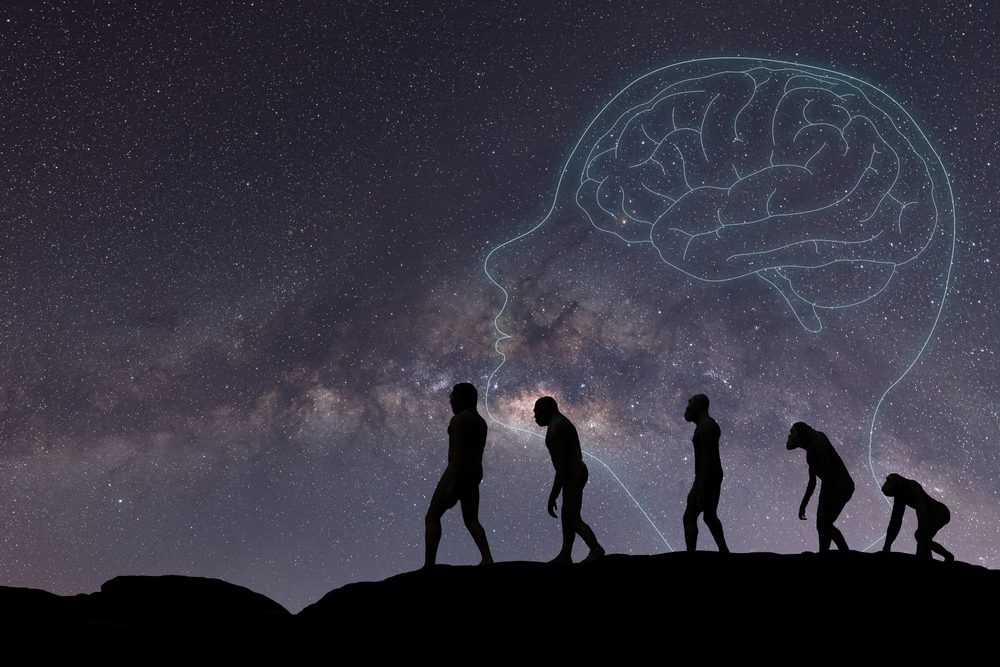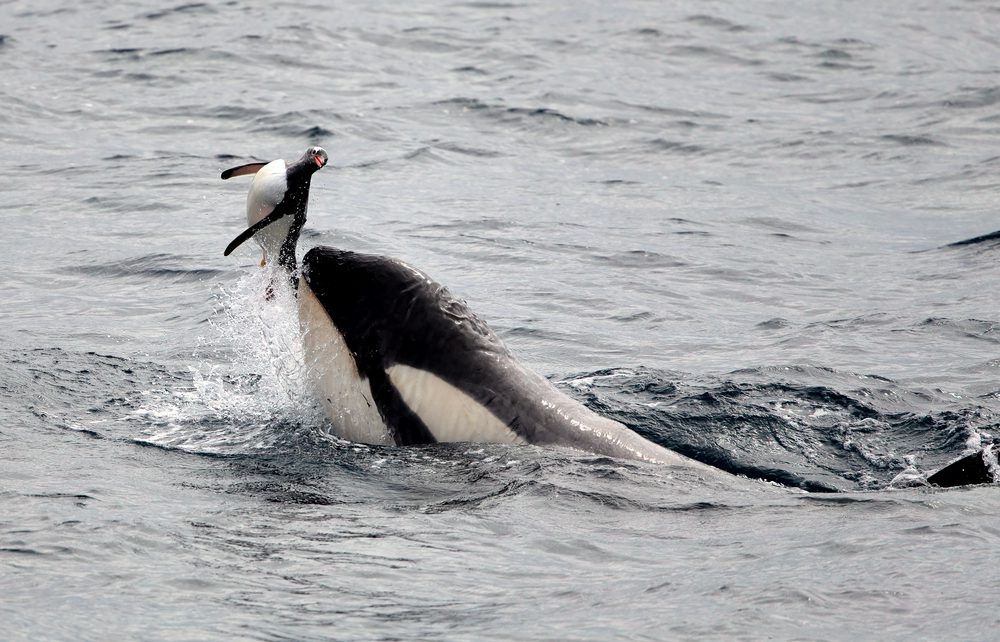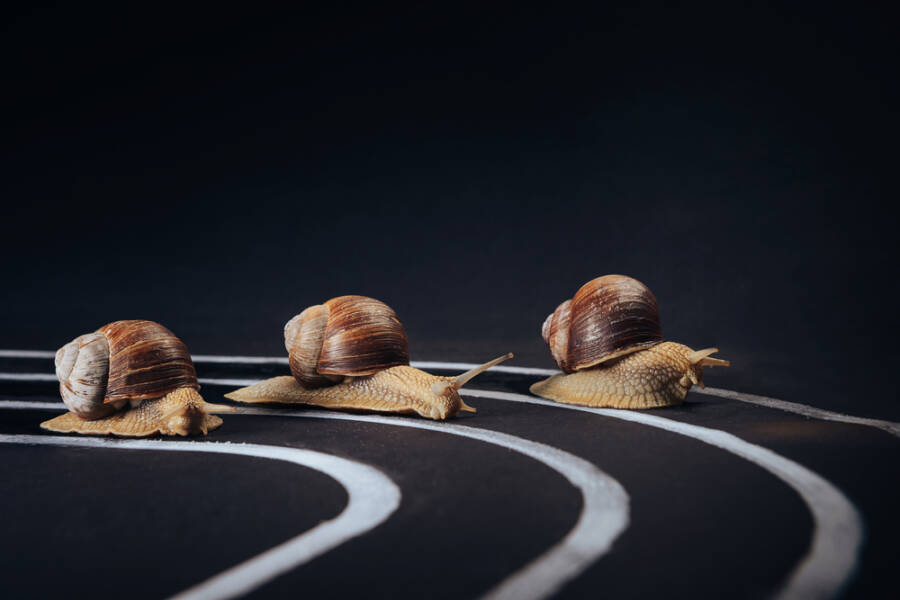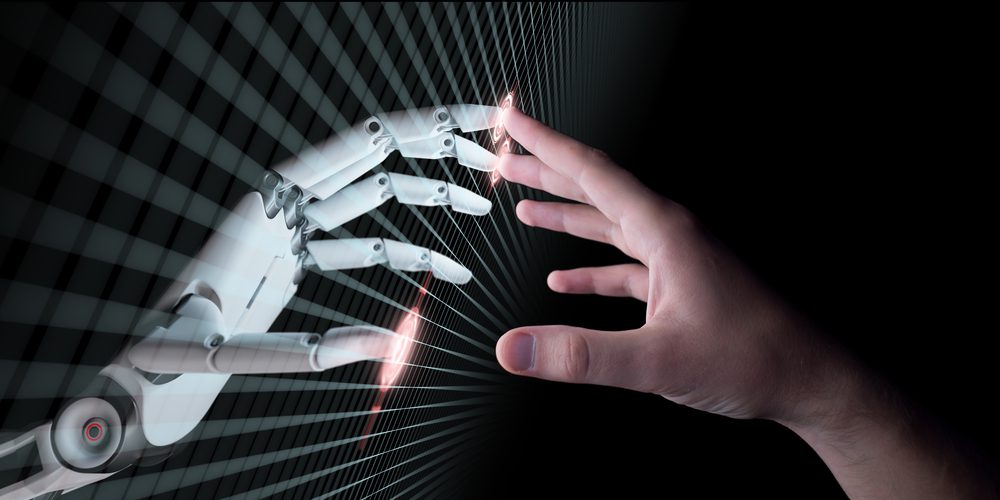Charles Darwin is the father of the evolutionist theory, and the phrase “survival of the fittest” is more popular than ever. And since this theory used to be so controversial, and maybe it still is for some, there are many evolution myths that we need to debunk.
This simple explanation about how life evolved on Earth fueled some obviously inaccurate statements. And what is even funnier is that some are from Darwin himself.
Because there are so many evolution myths, we want to put an end to this debate once and for all and make the information clear. Read on and find out the truth about how life appeared in this world!

1. It is just a theory
First of all, we need to understand what a theory is. Because it all depends on the context. The theory of evolution created by Charles Darwin is a theory, but it’s a scientific theory.
Of all the evolution myths, this one might be the trickiest. But it shouldn’t. A scientific theory has been validated by many scientists for a longer period of time. It is not like a pop culture theory about, let’s say, an artist who died and was then replaced by a lookalike.
Both are theories, but there is a huge difference between them. So, you can’t compare them. In the scientific method, we first have a hypothesis. This is something that was proposed, but there is no prior evidence that it is real. After numerous hypotheses are tested and the scientists can put them in a logical framework based on laws and facts, a theory is constructed.
A valid theory is an explanation for a body of data that has been gathered and put to the test using the scientific method. Although theories might shift as more information becomes available, the facts themselves are often unquestionable.
2. Evolution myths? Can the environment change your genes?
We are born with a set of genes, and we pass them down to our children, and they later pass them on to their children, and it goes on and on. So, if you ever thought that lifting weights and reading a lot of books before having offspring would help them be stronger or more intelligent, this is not actually accurate.
Jean-Baptiste Lamarck, however, did not see inheritance in that way. The French biologist argued that adaptations made during an animal’s lifespan may be passed down to subsequent generations. This happened several decades before Darwin published his theory.
Scientists rejected his theory, but if we look at the current and accepted theory that an animal’s life has zero effect on the traits that will be inherited, this may also not be entirely true.
Recent studies have demonstrated that some environmental conditions have the ability to “turn on” previously dormant genes. For example, one study separated baby mice from their mother (a traumatic event), and later on, the same mice showed signs of anxiety and heightened fear as adults.
Limited research has also shown that stresses like smoking and poor nutrition can cause people to exhibit inherited characteristics. The field of science that investigates this is called epigenetics.
Now, it might make you say, “But isn’t this the same thing Lamarck was doing? Well, not really; maybe there is a resemblance for sure, but the way epigenetics approaches this is totally different.
In conclusion, this is one of the evolution myths because it is clear that animals are unable to make genes appear out of nowhere just because they want to. Everything is still something you inherit from your parents.
3. The missing link
Maybe you’ve heard the term “missing link” before when people were talking about evolution. Maybe they were discussing Bigfoot or a fossil, but we are sure you’ve heard the term.
But what is this “missing link”? When referring to this term, people think that somewhere in history there was a creature that is the key to all the questions we have about our evolution from apes. It is like a creature that had the role of an intermediary stage in our evolution.
But is this “missing link” one of the evolution myths? The short answer is yes. If you ask any evolutionary biologist about it, they will tell you that all of this is rooted in the fact that people misunderstand how evolution works.
Evolution would have to proceed like a ladder, with each step smoothly flowing to the next, in order for there to be a species that connects extinct apes to present-day humans. But this way of thinking made us ask some questions like, “If we are humans now, why are there still monkeys walking on Earth?
One thing that enforces this way of thinking is also “The March of Progress. This is the famous illustration that shows how people evolved from apes. Not really accurate.
Evolution was never linear. It is not the leader that we told you about before. Evolution is more like a web that has many connected branches. One population can have several different lines; populations can acquire features and then lose them; and occasionally, terrestrial creatures can develop into aquatic creatures.
The theory of the “missing link” is so wrong because it presents some species as the evolutionary ideal, the final destination, while others are presented as a bridge that only closes the gap between the ideal and what was before.
Change is constant, and you can easily notice it even in humans. Wisdom teeth are one of these “gapping” traits. Today, 35% of the population was born without them, and as time passes, no one will have them anymore.
It is clear that the “missing link” is another one of the evolution myths. Evolution is too complex to be linear, and the ability to gain new traits is as natural as losing them.

4. Survival of the fittest and natural selection. Are they the same?
Is the phrase “survival of the fittest” an accurate description of the concept of natural selection? The phrase, which was co-signed by Charles Darwin, is often used as a synonym for natural selection, but there is evidence that it might not actually be the same thing.
Natural selection is the process that eliminates undesirable qualities from a population and promotes the development of positive ones. This somehow implies that if only one member of the species survives, they can propagate the genes to the next generation.
Obviously, this is not true. The first thing a creature needs to do is survive, but after that, it also has to start reproducing. There are two steps in this process, and if it only achieves the first one, this doesn’t help at all.
This is the reason why “reproduction of the fittest” is frequently used by contemporary scientists instead of “survival of the fittest.” But depending on how you understand the term “fit,” this version may be problematic.
Even if physical strength is an important trait that keeps evolution going, or at least used to, other traits such as cooperation are also important. The human species is the best example of this. Despite not being the quickest or strongest predators on Earth, humans are dominating the planet at this moment.
If you want to learn more about evolution and how we became what we are today, you might find his book interesting: Sapiens: A Brief History of Humankind
You should also read: 9 Most Influential Scientists of All Time















6 Responses
Loved reading your explanations of evolution; strictly scientific and easily understood. No name calling… just facts to satisfy curiosity.
There is adaptation. Baby finches that have short beaks will die if the local flowers have a deep well to get to the nectar. The baby finches with longer beaks will survive on such deep well flowers. But in every “litter” of finches there will be variation in beak length, by design. Conditions change and flower seed spreads with the wind as well as other ways.
Very informative and well written…I was a biology major and it peeves me to listen to folks ( especially religious) using the myths to denie evolution. Knowledge is powerful.
I’d like to understand how apex predators are perfectly evolved, meaning they have reached their, well, apex, and no longer will be evolving and yet other species are expected to. Are there any witnessed evolving of species in our 5000 years or so of existence? If not, how long can we expect to wait?
Read Stephen Meyer’s “Return of the God Hypothesis”
Survival of the co-operational! To “Be One” is our purpose & reason for Being One, of ten billion! Technology now allows us to link instinctively. Music, the known healer, is the globally energized instinct, that will proliferate, & evolve us!! Please join our daily, global community drum circle: https://www.youtube.com/live/SJ2Ly-RCALA?si=Fae0UnTzvbyhoe_E